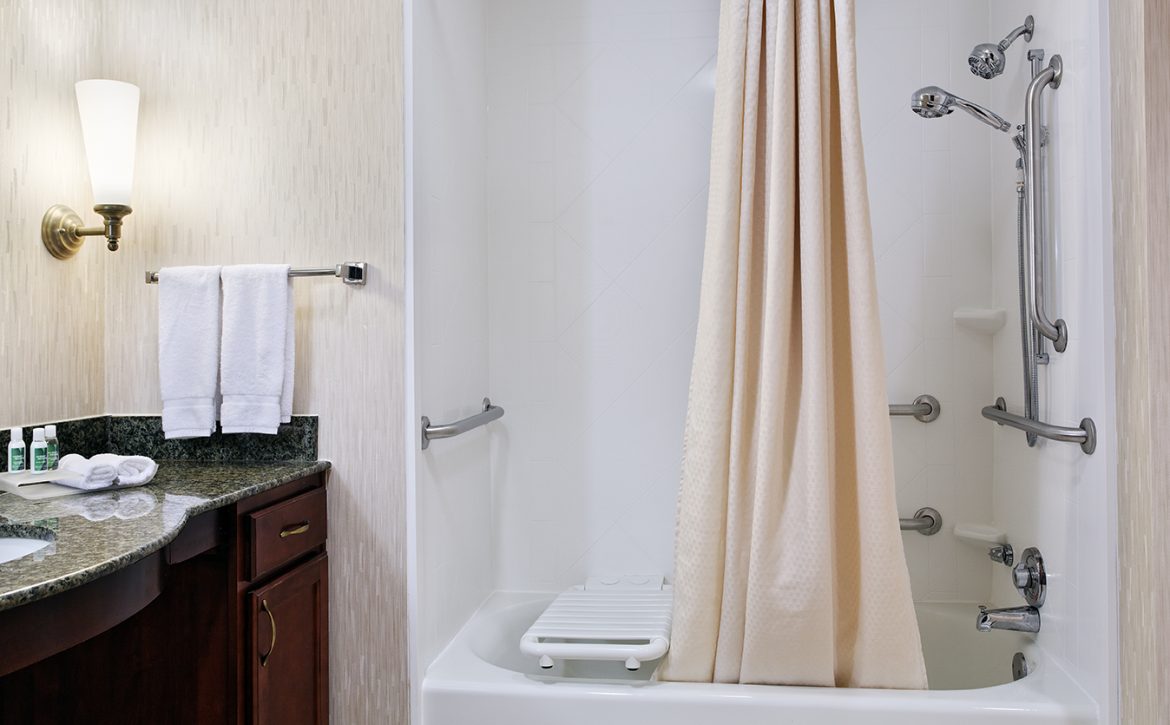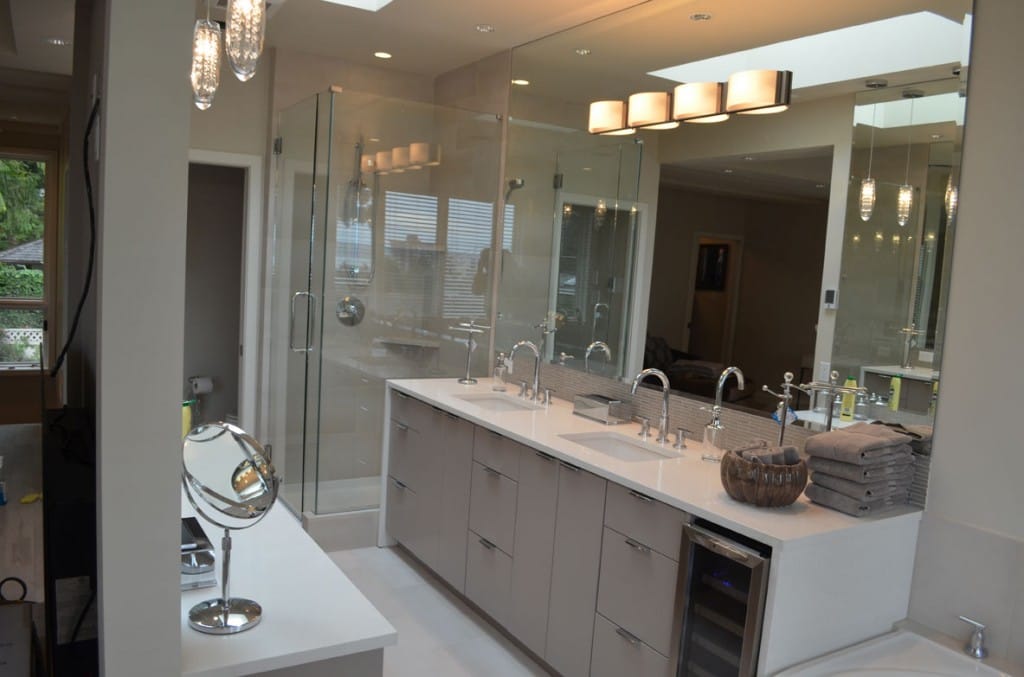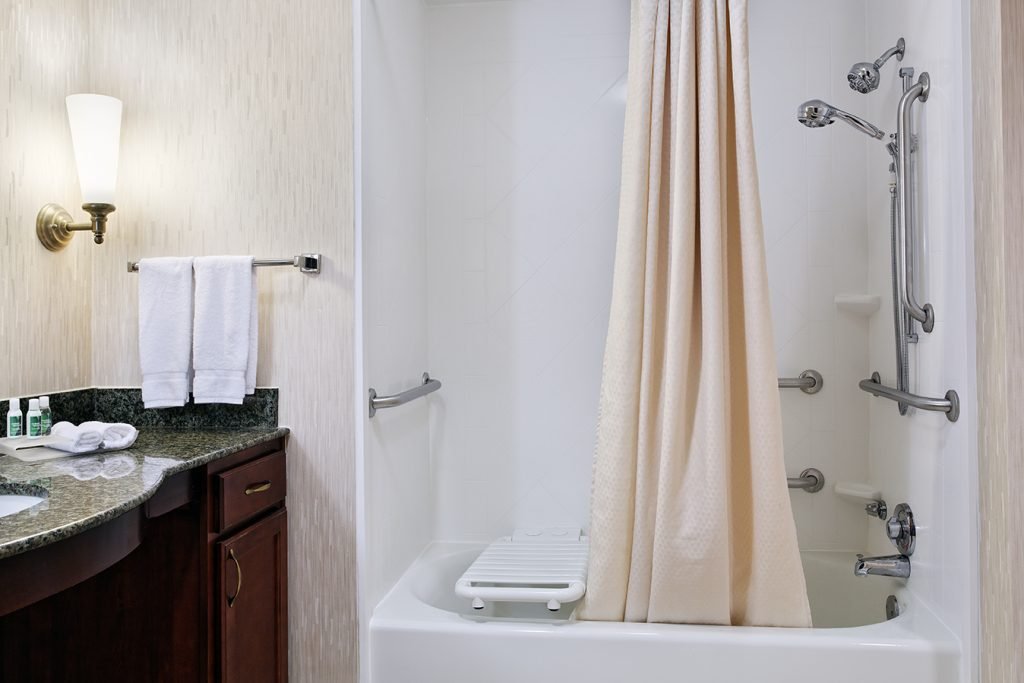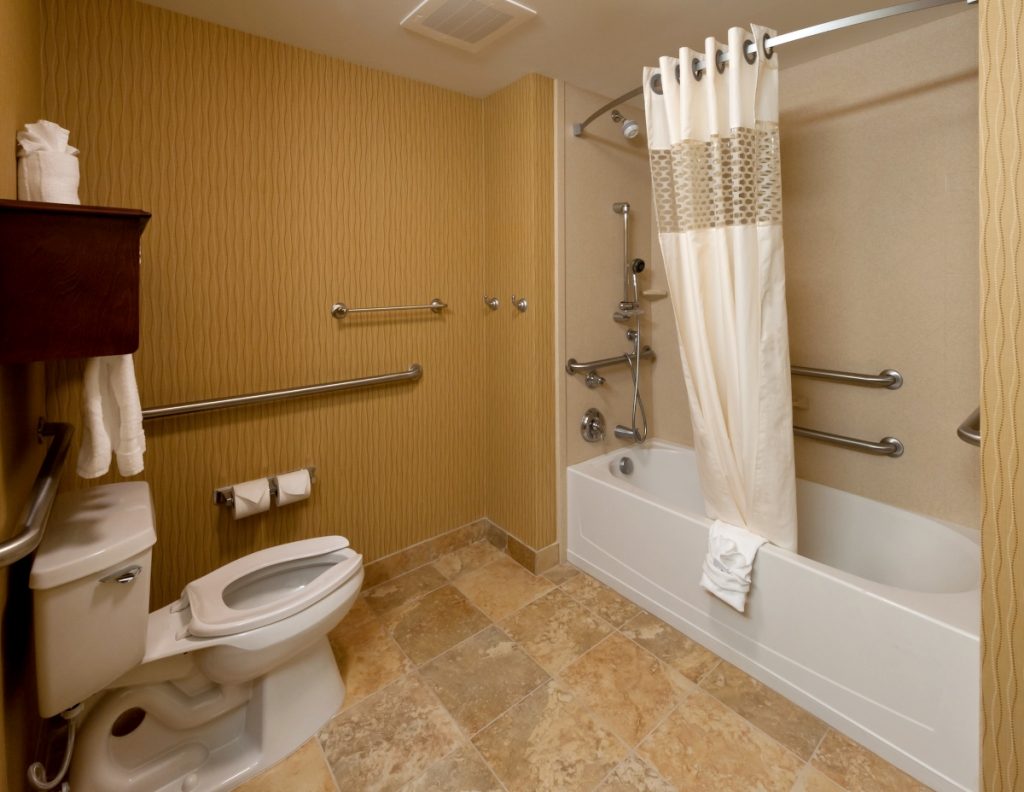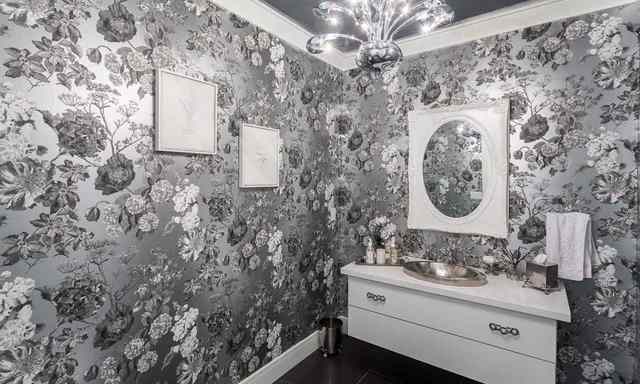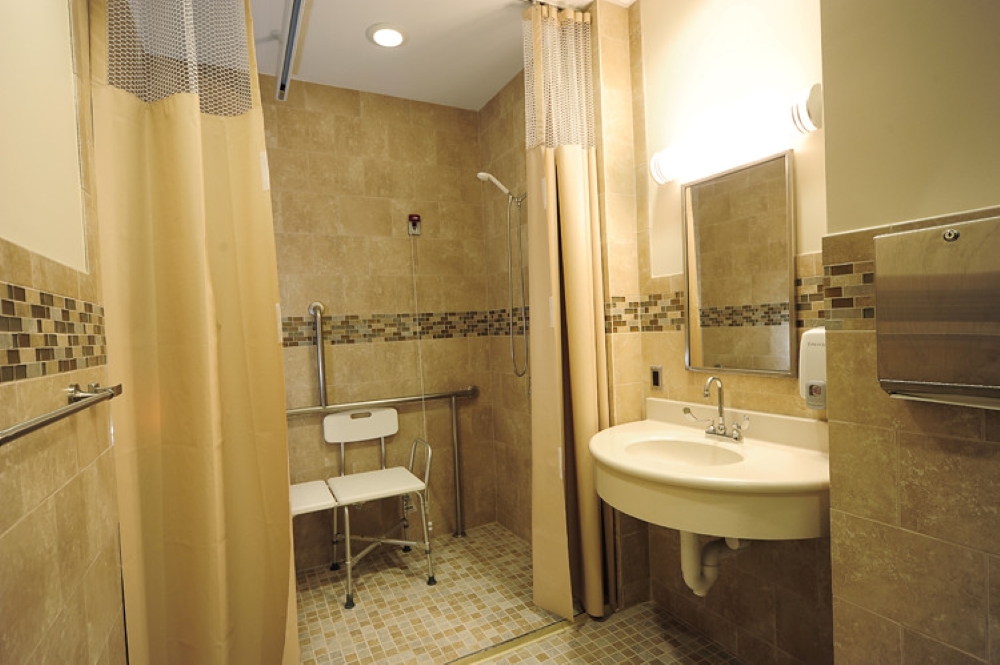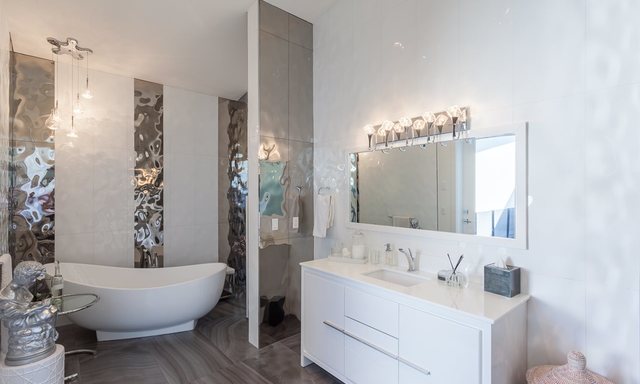Where to Start a Renovation: With a Contractor or a Designer?
“Remember that free advice, no matter from whom it is received, will bear the closest of examination before it is acted upon as safe. And, generally speaking, this sort of advice is worth exactly what it costs.” -Napoleon Hill
If you only knew how many times I have heard from my clients that they asked a builder to give them a quotation or even a ballpark price for a remodeling job. It would have been an extension by adding a floor above the existing house or spreading existing footage to the yard. Sometimes it’s converting their unfinished basement to a suite, or anything like that. What do you think, how many times the received estimation was even remotely right?
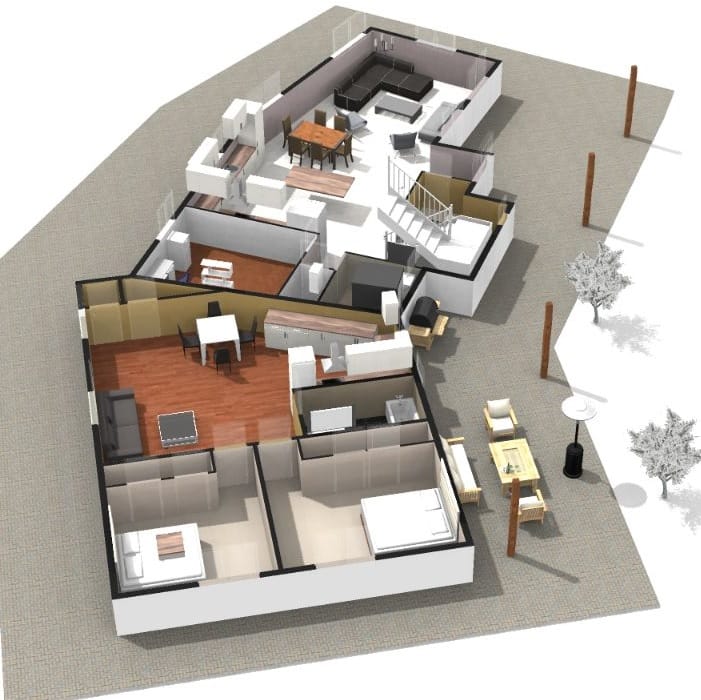
When it comes to the game of guestimation, everyone has something to say, and everybody wants to give you free advice. In many cases, just like Napoleon Hill said, free advice is worth just as much you paid for it. It’s a risky game with your hard-earned money as the investment. Asking a contractor to give you a guesstimate quote without a clue about your plan, is not a good idea. To start a renovation without any professional input is even worse.
Don’t Trust Anything That Can Think, Until You See From Where Its Knowledge Comes
The best way to get a precise estimation is to hire a professional designer or architect familiar with local construction costs and building codes. What you’ll get is a professional opinion based on real knowledge, which includes checking the zoning and possibilities and potentials of your property. Remember, the contractors build whatever you tell them to build, and they are trained to produce well—but not to design. It will cost you more money and possibly a lifetime of regret, too, if you don’t take the wise direction.
Every property, as well as owners’ needs and the situation, is unique. If your idea is to ask questions and get free advice from a couple of contractors, and then hire one of them, be sure that he will eventually hire a professional to help him out. That way means you are heading to a long process, probably more expensive in the final outcome.
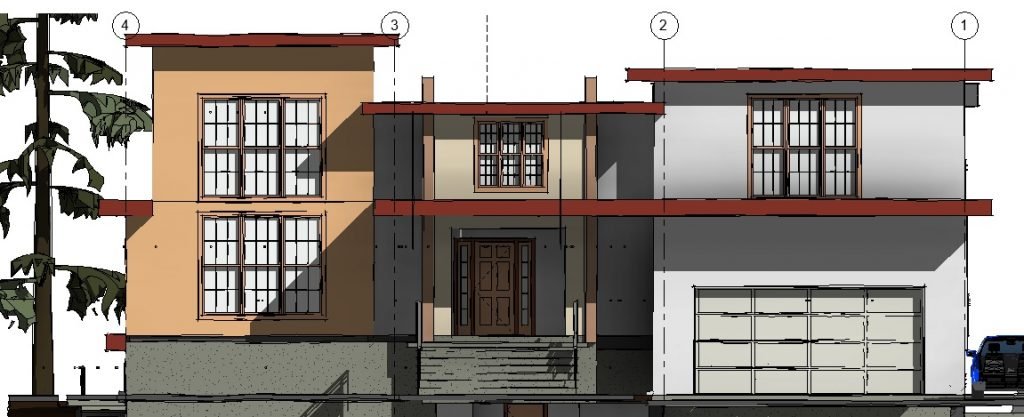
If you hire a professional, make sure it’s a building designer, a home designer, or an architect. Sometimes an experienced interior designer can do the job as well. Start by asking them to prepare a report. It should provide you with the possibilities and scenarios that your property has to offer, together with your options based on the budget available. That kind of service is called Low-Cost Consultation, and its price depends on the project, ranging between $500- $1500.
Why Start a Renovation With an Architect/ Designer?
To make a simple comparison: the architects’ duty is to create designs that contractors will implement. Architect’s scope of work is a combination of artistry and engineering. Many of them will offer a whole range of convenient services, like building permit drawings for custom homes or renovation, city follow-ups for permit application, rezoning and subdivisions, and more. After that, contractors come to the scene to carry out the hands-on work defined by the architect’s plan.
You know what you want and need. An architect/ Designer will take those ideas to turn them into a design that meets the requirements. Moreover, he will know how to improve them. In the whole process, he will find solutions that can cost more or less, depending on what you prefer. The scope of the project can be small or massive, and the prices can change accordingly. This is exactly the place where the former game of guestimation becomes obsolete.

An architect or building designer must ensure to deliver a project that will not only satisfy your needs but comply with all building codes as well. He/she should also secure the appropriate permits for the project. The job doesn’t end there, as they will work along with contractors to ensure that the design solutions will be implemented according to plan. That means, by hiring an architect/ designer, you will secure the consistency of the whole remodeling process, having the same responsible person supervising the delivery from start to finish.
In short, an architect/ designer will upgrade the work of your contractors with industry credibility and technical expertise.
In the next blog we discuss more detail about: When Should a Contractor Join to Start a Renovation Task?
Meanwhile you can learn more about your project planning in the following links:
Project Planning Pack
Ask The Expert
Our Dream Team Directory
By Aryo Falakrou (My Home Designer)


